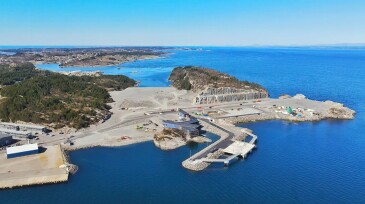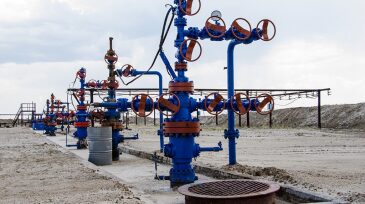Carbon capture and storage
Regulators pull from experiences in the oil and gas industry to define best stewardship practices for the nascent CCS industry.
EERC CEO Charles Gorecki outlines how applied research in North Dakota is helping improve oil recovery, reduce emissions, and advance carbon storage.
This article is the fifth in a Q&A series from the SPE Research and Development Technical Section focusing on emerging energy technologies. In this edition, Shantanu Agarwal, founder and CEO of Mati Carbon, discusses how the company’s approach to carbon removal led to winning the Musk Foundation’s XPRIZE in 2025.
-
A North Dakota Supreme Court decision changed the rules for leasing pore space from landowners and their rights to compensation. This decision and the US Inflation Reduction Act, which significantly increases tax incentives for operators’ carbon capture and storage projects, is likely to spur other states to clarify their laws regulating pore space.
-
The two companies have agreed to develop a carbon capture and storage supply chain to funnel carbon dioxide produced by German industry into storage deep beneath the Norwegian Continental Shelf.
-
Consisting of a well pad and a pipeline, the storage project in the southwest of the state will be the first of its kind on land managed by the BLM.
-
Unique partnerships forward both conventional renewables and new technologies to close the gap for a carbon-free future across the globe.
-
The new-generation FPSO will minimize emissions with carbon capture and reinjection as well as energy-recovery capabilities.
-
Pending US Law Offers Big Boost to CO2 Storage Credits in Exchange for New Fees on Methane EmissionsUsing a carrot-and-stick approach, the US federal government is poised to spur the nation's oil and gas industry into doing more to combat emissions.
-
ExxonMobil LNG Asia Pacific will purchase 1.0 mtpa from Rio Grande LNG plant over a 20-year period.
-
Is seaweed farming a viable alternative to industrial-scale carbon capture and storage? This 3-year project off the coast of Norway aims to find out.
-
It's not just about how much resource is left in the ground. The world's super basins will also need ample access to renewable energy and carbon storage in order to remain competitive in the upcoming decades.
-
Using CO2 as the geothermal power fluid to generate electricity from low-temperature abandoned hydrocarbon wells can help reduce well costs and optimize energy production. In this paper, a previously developed coupled well/reservoir model is extended to study the effects of fluid properties on thermal output.













